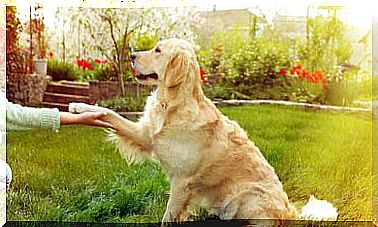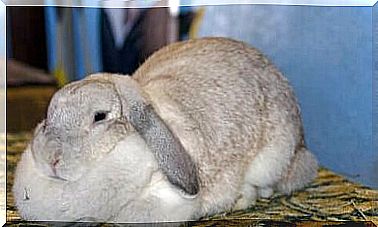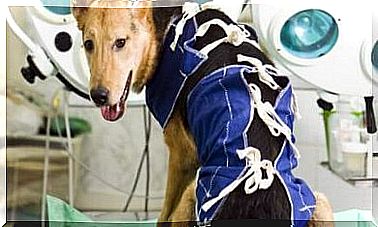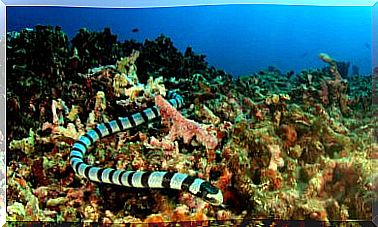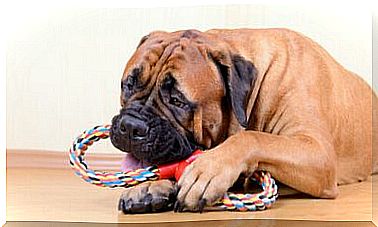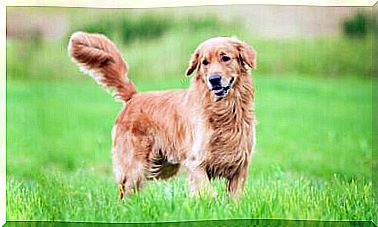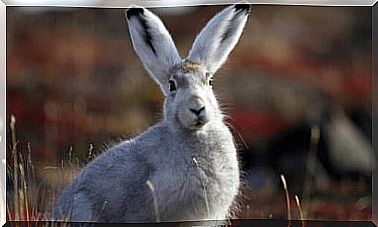All About Gastric Torsion
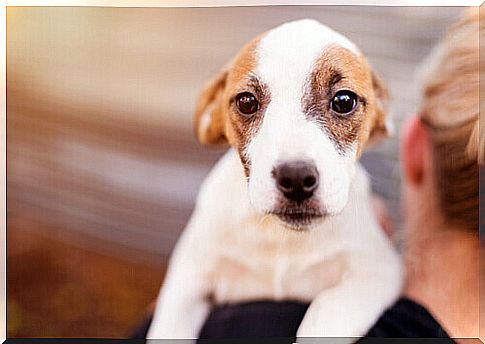
Gastric torsion, also known as gastric dilation, puts animals that suffer from it at very serious risk and, if not treated in time, can be deadly. It corresponds to an acute distension of the stomach ( inflammation ), causing it to twist and strangle the organ.
This disease is very difficult to treat, especially when the owner doesn’t realize that their pet is suffering from it.
There are many hypotheses about what causes gastric distension. However, there is still no study that is sufficiently conclusive to determine with certainty what produces it.
Within the hypotheses, there is the predisposition of certain breeds, especially those of the large or giant type , dogs with constipation or digestive problems and those who suffer from weakened stomach ligaments.
Gastric torsion is aggravated when the accumulation of gas product (it is not yet known whether this is because part of the device is twisted or because the accumulation causes it to twist) in the stomach, leaving it inflamed, this cuts off the flow of blood to different organs and causes the death of delicate tissues.
This condition must be corrected quickly, as this can lead to death in a very short period of time, as it prevents the stomach contents from being eliminated.
Hypotheses

It’s not clear what happens first, whether it’s the torsion or the inflation, so it makes it very difficult to know exactly what causes this harm.
For example, it is still unclear whether this is due to a genetic or environmental factor. That is, if there was an incidence of this disease in specific lines within the same family.
However, studies also revealed that several of the dogs that were used for the sample belonged to the same owner, so it was not possible to determine whether the disease arose because the dogs were living in similar conditions.
It was initially hypothesized that excessive intake of food and water was causing the disease, but no relationship can be established.
So, more recent studies have turned to studying the weakness of certain organs or systems (for example, allowing the stomach muscles to contract).
The possibility that this disease is due to an overactivity of certain hormones is equally valued.
So, the hypothesis about the causes of gastric torsion are all linked to the genetic predisposition of certain races to suffer digestive or intestinal ailments, excessive exercise before or after eating, hormonal behavior (especially those present in the stomach), the shape of the organs and the functioning, although neither ruled out the nutrition and hydration factors.
Predisposed breeds
While this affliction can afflict large and small breeds, it is much more frequent in large ones.
It also seems to be related to the shape of the chest area of the animal, as it is very common to occur in dogs with deep chest, these being the breeds such as the São Bernardo, the Great Dane and the German Shepherd, in which this has been most documented. disease.
Symptoms
The symptoms that can be noticed are:
- Constipation
- Absence of gas expulsion
- Cramps or pain in the abdominal area
- Inflation in the stomach
- excessive salivation
- Nausea and choking
- nervousness
As soon as the first symptoms appear, you should take him to the vet, because the damage caused by gastric torsion can be irreparable in a short period of time.
Depending on the severity and state of the disease, the veterinarian will conduct treatment in two ways, one is shock therapy, which is usually worked on in the early stages.
The second is a surgical procedure to correct the gastric torsion. However, none of them guarantee a satisfactory recovery, so it is better to be safe than sorry.
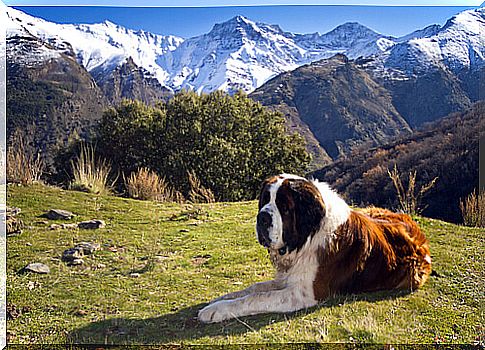
Prevention
- Divide the daily portion of the ration and provide 2-3 times a day to avoid excessive food intake.
- Avoid a long period between one meal and another, so the dog will not be hungry and will eat more slowly, avoiding swallowing air, which, among other things, will produce gas in the stomach.
- The owner must be aware of the pathologies that their dogs are prone to.
- Place the plate high (for example, on a stool) so that big dogs don’t bend over too far to eat.
- Avoid the dog consuming water before or after a meal if they tend to drink a lot of water.
- Take a break of at least an hour, before and after the animal eats, for exercise.
